Are Cloth Diapers Worth It?
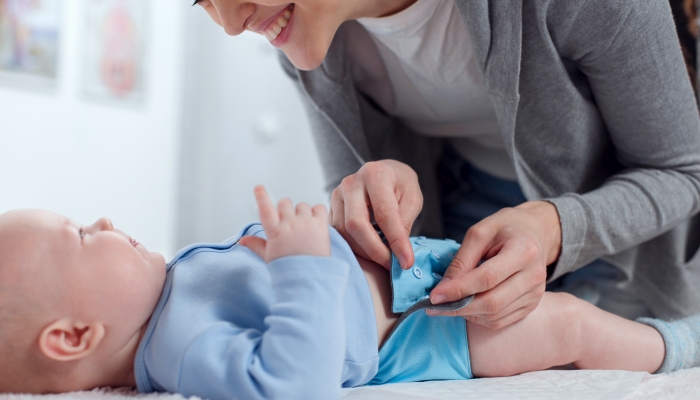
This post may contain affiliate links; please see our terms of use for details.
- Cloth diapers are growing in popularity every year.
- Individually, they’re more expensive than disposables. Yet each cloth diaper can be washed and reused many times, compared to the single use of a disposable diaper.
- Cloth is easily the cheaper option overall.
- When it comes to answering the question: “Are cloth diapers worth it?”, money isn’t the only factor.
- Both cloth and disposable diapers use significant amounts of energy and water, and both are thought to help prevent diaper rashes. So which one should you choose?
The first disposable diapers appeared in the 1950s and soon became a popular choice. Fast forward to the twenty-first century and washable diapers are making a comeback. This isn’t surprising given our concern for the environment and the choice and convenience cloth now offers.
Twenty years ago, pinning contours on my eldest felt ultra-modern for the time. A decade later, discovering the delights of the all-in-one with my youngest, safety pins had been replaced by velcro and snaps.
Along with advances in cloth diaper technology, the modern laundry machine has made cloth diapering much less hassle than in the past. At the same time though disposables have been getting thinner and more efficient too.
What Are the Benefits of Using Cloth Diapers?
The most obvious benefit of cloth diapers is the cost. Once you’ve made the initial investment and gathered a stock of washables there’s little ongoing expense. You can use that same stash for more than one child and even resell them once they’re no longer needed.
Depending on the age of your baby, diapers need changing as much as ten times a day. Over a year that’s thousands of diaper changes, and with the price of disposables rising all the time that soon adds up.
Not to mention the environmental costs of all those diapers. Disposable diapers are single-use plastic items that mostly end up in landfill, often with the human waste left tightly tucked inside. Not surprising then that some countries want to ban disposable diapers altogether.
Cloth diapers, on the other hand, can be reused many times. They keep their value well and can even be repurposed into cleaning and sanitary products.
Cloth diapers are soft and gentle on your baby’s skin. So much so that in this study, rash prevention was the second most popular reason for choosing washables, after cost. Compare that to the links between disposable diapers and asthma and it’s easy to see why cloth is so appealing.
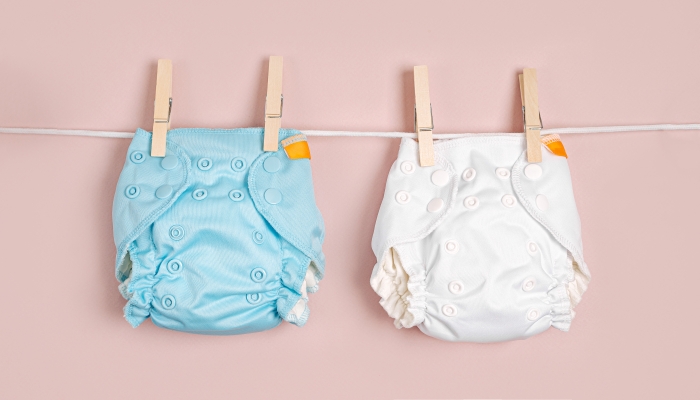
Different Types of Cloth Diapers
Cloth diapers come in two types, each with three main variations.
Fitted diapers:
All-in-ones
Most similar to disposable diapers, all-in-ones are super simple to use. They’re also the most expensive and can take the longest to dry.
Hybrids
Also known as all-in-twos, hybrid diapers have a separate absorbent layer that attaches to a waterproof cover. If the outer shell stays clean and dry, these can be replaced multiple times without having to wash the whole diaper.
Pocket diapers
Similar to hybrids, a pocket diaper comes in two parts. An absorbent insert fits snugly into the pocket of a waterproof shell. Easily add more layers or fold biodegradable, disposable, or washable liners to increase absorbency.
Flat diapers:
Contours
More like traditional washables, but shaped for ease of use, contours are less bulky than other options. They offer a great fit, especially for newborns but like all flats, contours aren’t waterproof so you’ll need to purchase separate covers and fastenings.
- Infant Sized Snappis
- OVER 80 MILLION UNITS SOLD: Crazy number? Yep. Made up? Nope. Over 80 million Snappi Fasteners have been sold for prefold and flat cloth diapers. We have been around for a long time, and there’s a reason for that.
- THE CLOTH DIAPER OASIS: Moms love our product and have been raving about it for years. We guess that parents hate hooking a safety pin onto their little ones. We aim to make cloth diapering fun, stylish, and cute. Cloth diapers can be a pain, and we aim to be your oasis.
- HOW DO I USE SNAPPIS: We knew you were going to ask this, because we have telepathy. Snappi cloth diaper clips can be used with prefold and flatfold cloth diapers. Many of our customers like using these with Osocozy prefolds. Look at our above pictures, also.
Prefolds
Rectangular in shape, prefolds are divided into three with the most absorbent section in the middle. A cost-effective and popular choice for nighttime.
Simple flats
The cheapest option for cloth diapering, these are simply rectangular pieces of fabric, usually cotton or bamboo. The quickest to dry but with the steepest learning curve, these could put off any potential helpers.
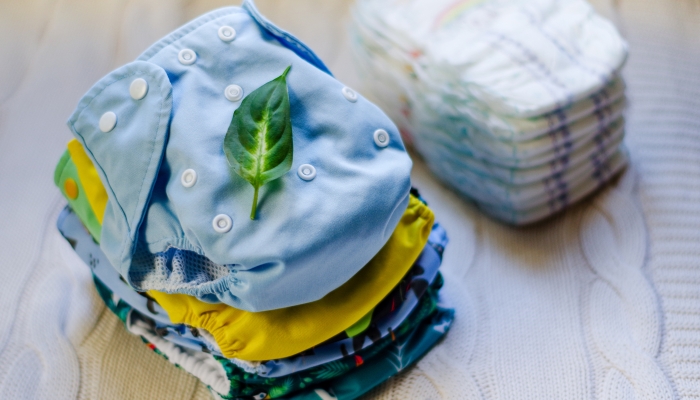
Cloth Diapers vs. Disposable Diapers
Now you know the different types of cloth diapers, let’s see how they compare with disposables.
Disposable diapers
Pros:
- cheap to buy individually
- convenient to carry and dispose of (as long as there’s a bin)
- great for travel, disposables can be found in most shops
- likely to be accepted at childcare and easy for others to use
- effective at drawing moisture away from your baby’s skin
Cons:
- ongoing cost
- environmentally unsustainable, single-use plastic products; high energy costs
- increased landfill waste
- smelly diaper pails or trash cans
- your child doesn’t experience the feeling of wetness so there may be a tendency to leave these on for longer and delay potty training
Cloth diapers
Pros:
- environmentally friendly, can be reused many times
- cheaper overall, change as often as you like with no extra cost
- adjustable and flexible as your baby grows
- soft and gentle on baby’s skin
- breathable fabrics in adorable colors and patterns
- you can make your own
Cons:
- expensive upfront costs
- more effort to wash and dry
- ongoing water and energy use
- bulkier to carry and under baby’s clothes
- may leak if not fitted securely
- again, smelly diaper pails
- may need occasional deep cleaning to remove any build-up of detergent, minerals, and bacteria
- some diaper creams can affect absorbency
If you’re still not sure how cloth diapering works in practice, don’t worry we’re about to explain all. Remember, you don’t have to pick a side, it’s fine to start small, or mix and match to suit your needs.
Beginner’s Guide to Using Cloth Diapers
Offering a sustainable and super cute alternative to disposables, cloth diapers are much easier to manage with modern washing machines.
Getting started
For full-time cloth diapering, you’ll need around 20-30 diapers.
Depending on the type you choose you may also need waterproof covers, absorbent liners, and fasteners. Along with a diaper pail or wet bag to store dirty diapers, and an extra wet bag for outings. You might also decide to use cloth wipes.
You can use cloth diapers from birth and will need to change your newborn’s diapers as often as 10-12 times a day. Prefolds and muslins work especially well at this age and are quick to wash and dry.
Many parents report fewer diaper blowouts with cloth. If you do have leaks, check the fit of your baby’s diaper and consider occasional deep cleaning to remove any build-ups. Cloth-safe diaper rash creams won’t compromise absorbency.
Washing and cleaning
There’s no need to soak soiled diapers, this can even damage them and be super stinky. Make sure to flush all solids down the toilet—this might seem gross but should be standard practice with all diapers. Human waste belongs in the sewage system, not in a landfill.
Place disposable liners in the trash and toss dirty diapers, washable liners, and covers in your bucket.
When washing, use laundry powder instead of liquid as it’s less likely to leave a residue on your baby’s diaper. Do a cold rinse first then wash at 40 or 60 degrees. Follow up with a final rinse to remove excess detergent.
Dry your cloth diapers on the line if you can, this is especially great for getting rid of stains. Waterproof covers aren’t suitable for tumble-drying, but most inserts, liners, and all-in-ones should be fine. Avoid dryer sheets as they can affect absorbency.
Once your diaper stash is clean and dry, reassemble all-in-ones, pocket, and hybrid diapers, and gather flats and covers together so you’re ready for the next diaper change.
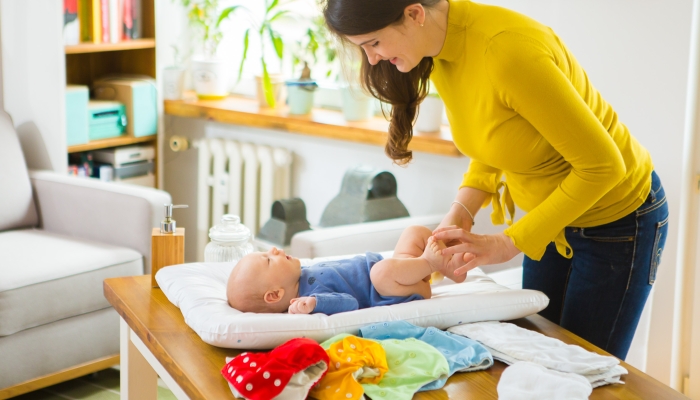
Are Cloth Diapers Worth It?
In the long run, cloth diapers are worth it for you because they save money. They can be reused for multiple children and once you’re done with them, they can be resold, often making as much, or close to the price you paid for them.
Once you’ve made the initial investment, you no longer need to set aside money in your weekly budget for disposables. From this perspective, cloth diapers are totally worth it—if you can afford them, that is. Luckily the market for second-hand cloth diapers is growing, along with cloth diaper banks and free sharing sites like Freecycle.
Money isn’t the only consideration though. Many people are drawn to cloth diapers because they want an eco-friendly choice.
So are they worth it for the world?
Consider that disposable diapers almost always end up in the garbage and take years to degrade. Even those designed to compost probably won’t get the conditions they need for this to happen. Add to that the risk of water and soil pollution from the human waste left inside and cloth diapers seem a much better option.
Of course, cloth diapers do need washing and that means ongoing energy and water use. With some simple changes to your routine though, you can significantly reduce the environmental impact of cloth diapers:
- Avoid hot washing
- Dry diapers outside. Sunlight is an excellent stain remover and helps reduce odors too.
- Use marine-safe detergents, and natural products like vinegar or baking soda to treat stubborn stains.
- Buy the most energy-efficient washing machine and dryer you can afford.
- Reuse or resell your diapers.
FAQs
What age should a child stop using cloth diapers?
There is no particular age; it varies across cultures. Since the introduction of disposable diapers, toilet training has started later. Yet with a growing interest in elimination communication and washables, that trend may reverse.
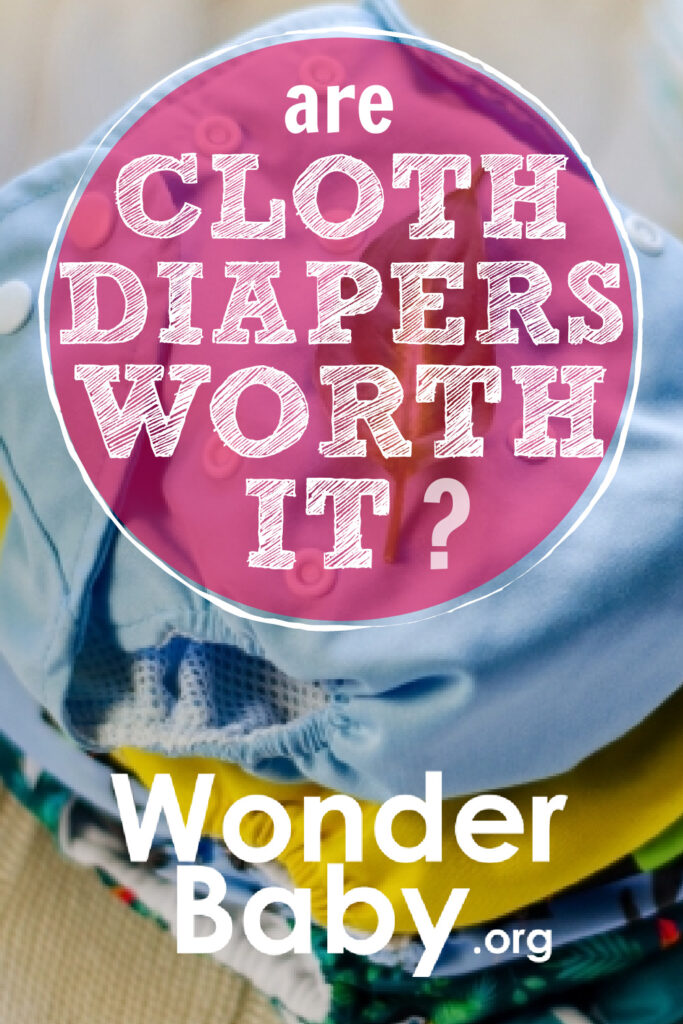
Related Posts
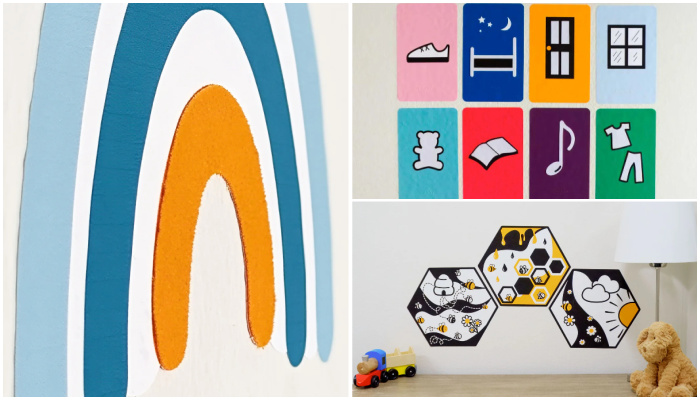
Parenting
Sensory Wall Art: 5 Tips to Create a Room Your Blind or Low-Vision Child Will Love
Even if your child can’t see their surroundings, personalizing and decorating their room with thoughtful, sensory-friendly design can make a big difference in their confidence, independence, and joy.
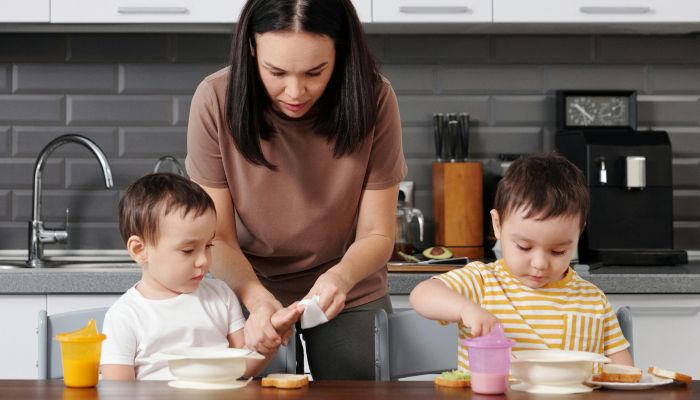
Parenting
4 Tips to Manage Twins Alone as a Single Parent
Taking care of twins alone as a single parent can feel overwhelming. Learn practical ways to help lighten the load.

Parenting
How to Manage Twin Escalation Syndrome
Discover effective strategies for managing twin escalation syndrome, including promoting individuality and fostering positive interactions.
